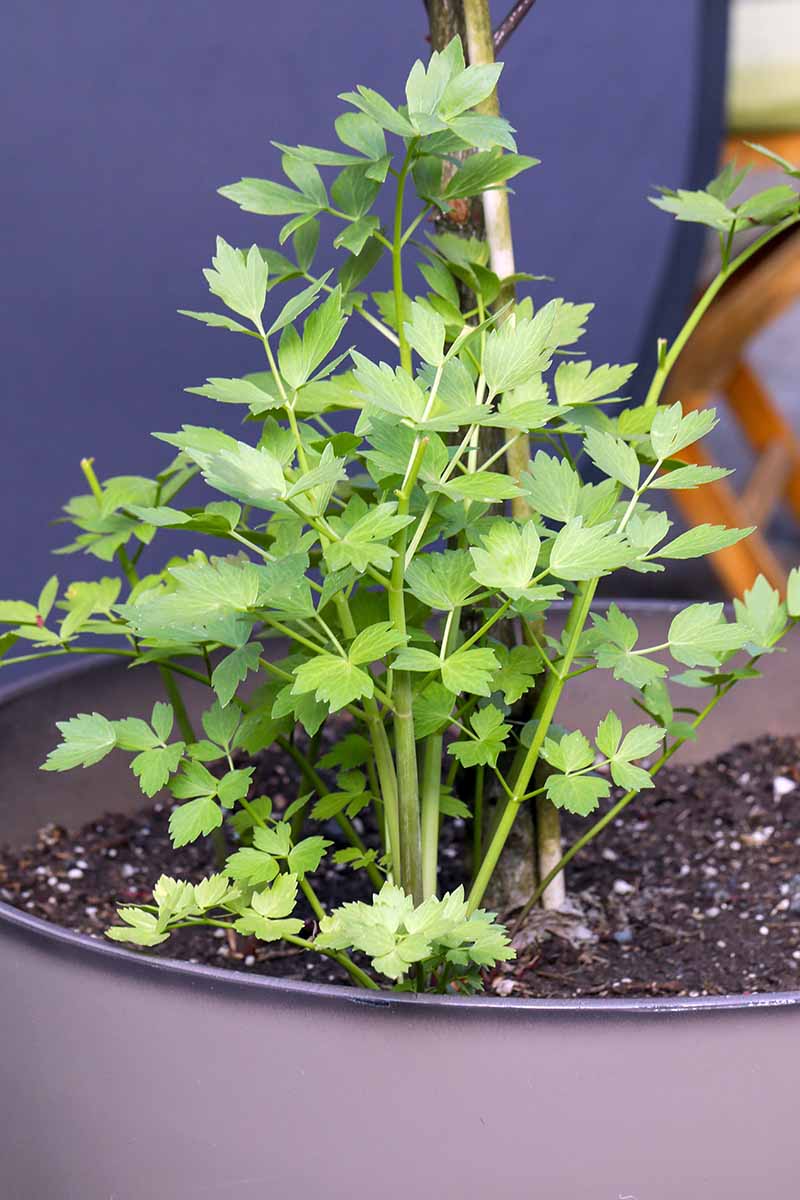Lovage: A Versatile Herb with Ancient Roots
Lovage, scientifically known as Levisticum officinale, is a perennial herb that has been cultivated for centuries for its culinary and medicinal properties. Native to the mountainous regions of southern Europe, this aromatic plant has found its way into the kitchens and gardens of many cultures worldwide. With its distinctive flavor and numerous health benefits, lovage continues to be a prized ingredient in various dishes and remedies.
A Brief History of Lovage
The history of lovage can be traced back to ancient Rome, where it was highly valued for its culinary and medicinal uses. The plant was often grown in herb gardens and was used to flavor meats, soups, and sauces. In addition to its culinary applications, lovage was also believed to have medicinal properties and was used to treat a variety of ailments, including digestive disorders, respiratory problems, and skin conditions.
During the Middle Ages, lovage continued to be cultivated and used in Europe. It was often included in herb gardens and was used in traditional medicine. The plant was also believed to have magical properties and was used in spells and incantations.
In more recent times, lovage has gained popularity as a culinary herb in many parts of the world. It is particularly prized in European and Mediterranean cuisines, where it is used to add flavor to a variety of dishes. Lovage is also available as an essential oil, which is used in aromatherapy and as a flavoring agent.
Characteristics of the Lovage Plant
Lovage is a tall, perennial herb that can reach a height of up to 3 meters (10 feet). It has a sturdy, hollow stem that is often grooved. The leaves of lovage are large, compound, and deeply lobed. They have a bright green color and a strong, aromatic scent. The flowers of lovage are small, yellow, and are borne in large, flat-topped clusters.

Culinary Uses of Lovage
Lovage is a versatile herb that can be used in a variety of dishes. It has a strong, anise-like flavor that can add depth and complexity to soups, stews, and sauces. Lovage can also be used to flavor meats, poultry, and fish.
Here are some popular culinary uses of lovage:
Soups and stews: Lovage can be added to soups and stews to enhance their flavor. It is particularly well-suited for hearty winter dishes.

Health Benefits of Lovage
Lovage has been used for centuries as a traditional medicine. While more research is needed to confirm its health benefits, some studies suggest that lovage may have the following properties:
Anti-inflammatory: Lovage contains compounds that may have anti-inflammatory properties. This could make it beneficial for people with conditions such as arthritis.
Growing Lovage
Lovage is a relatively easy plant to grow. It prefers full sun to partial shade and well-drained soil. Lovage can be propagated from seeds, cuttings, or divisions. Once established, it is a low-maintenance plant that can live for many years.
Here are some tips for growing lovage:
Start seeds indoors: Lovage seeds can be started indoors about 6-8 weeks before the last frost.
Lovage in Traditional Medicine
Lovage has been used for centuries as a traditional medicine. It was believed to have a variety of medicinal properties, including anti-inflammatory, antioxidant, digestive, respiratory, and skin health benefits.
Here are some traditional uses of lovage:
Digestive disorders: Lovage was used to treat digestive disorders, such as bloating, gas, and constipation. It was also believed to be helpful for heartburn and indigestion.
Lovage in Aromatherapy
Lovage essential oil is extracted from the roots and leaves of the lovage plant. It has a strong, aromatic scent that is often described as similar to anise, celery, and fennel. Lovage essential oil is used in aromatherapy to promote relaxation, reduce stress, and improve mood. It is also believed to have digestive and respiratory benefits.
Here are some ways to use lovage essential oil:
Inhalation: Lovage essential oil can be inhaled directly from the bottle or by using a diffuser.
Lovage Recipes
Lovage can be used in a variety of dishes. Here are a few recipes to get you started:
Lovage Pesto: Combine lovage leaves, pine nuts, Parmesan cheese, garlic, and olive oil in a food processor and blend until smooth.
Conclusion
Lovage is a versatile herb with a long history of use. It is prized for its culinary properties and potential health benefits. Whether you are looking to add flavor to your dishes or explore its traditional medicinal uses, lovage is a worthy addition to your kitchen garden or spice rack.

:strip_icc()/Star-Jasmine-Bb09HQPpasXBPjzYMW55cV-cae2b5707aa74a3ba328959ad0357284.jpg?w=200&resize=200,112&ssl=1)




